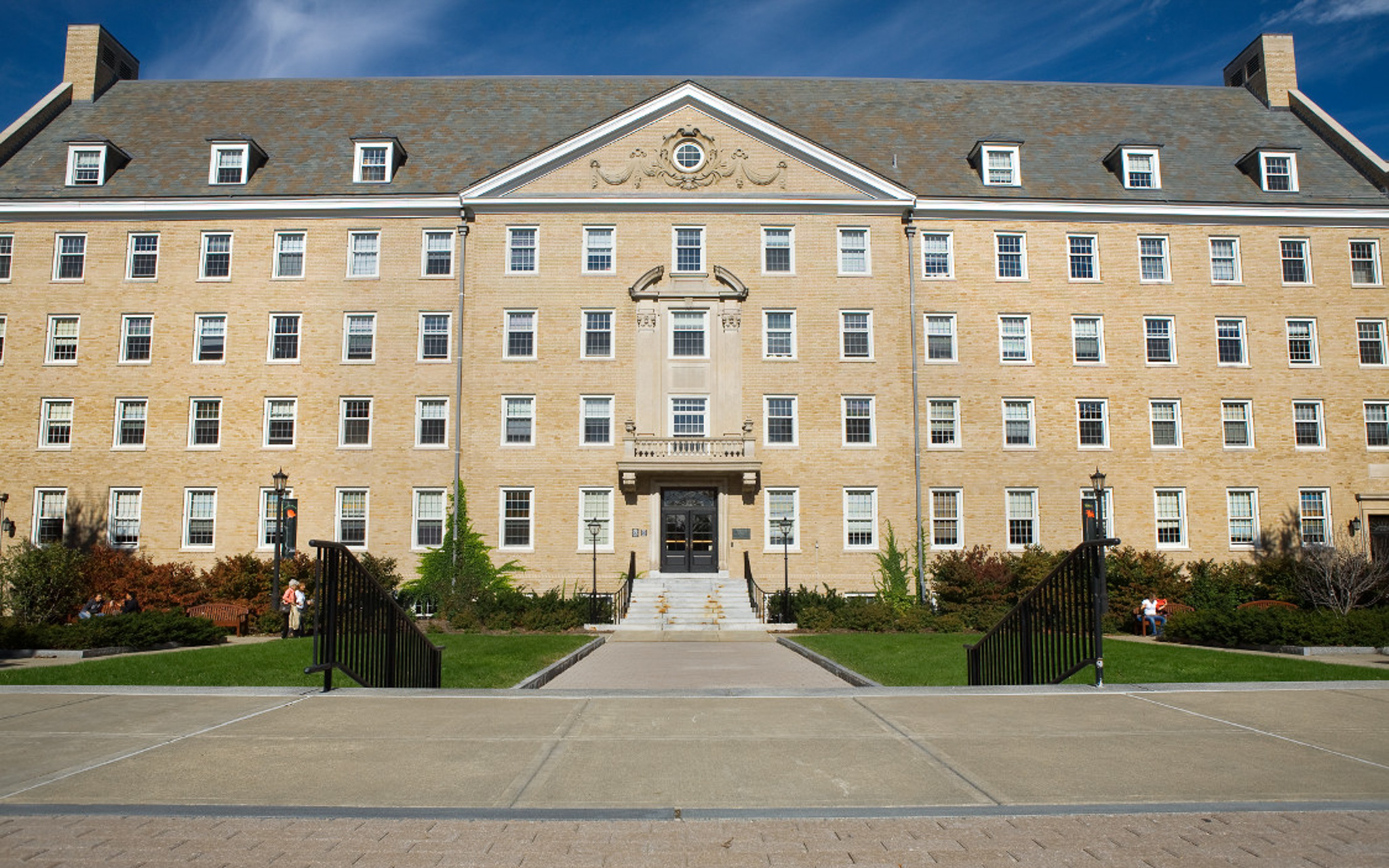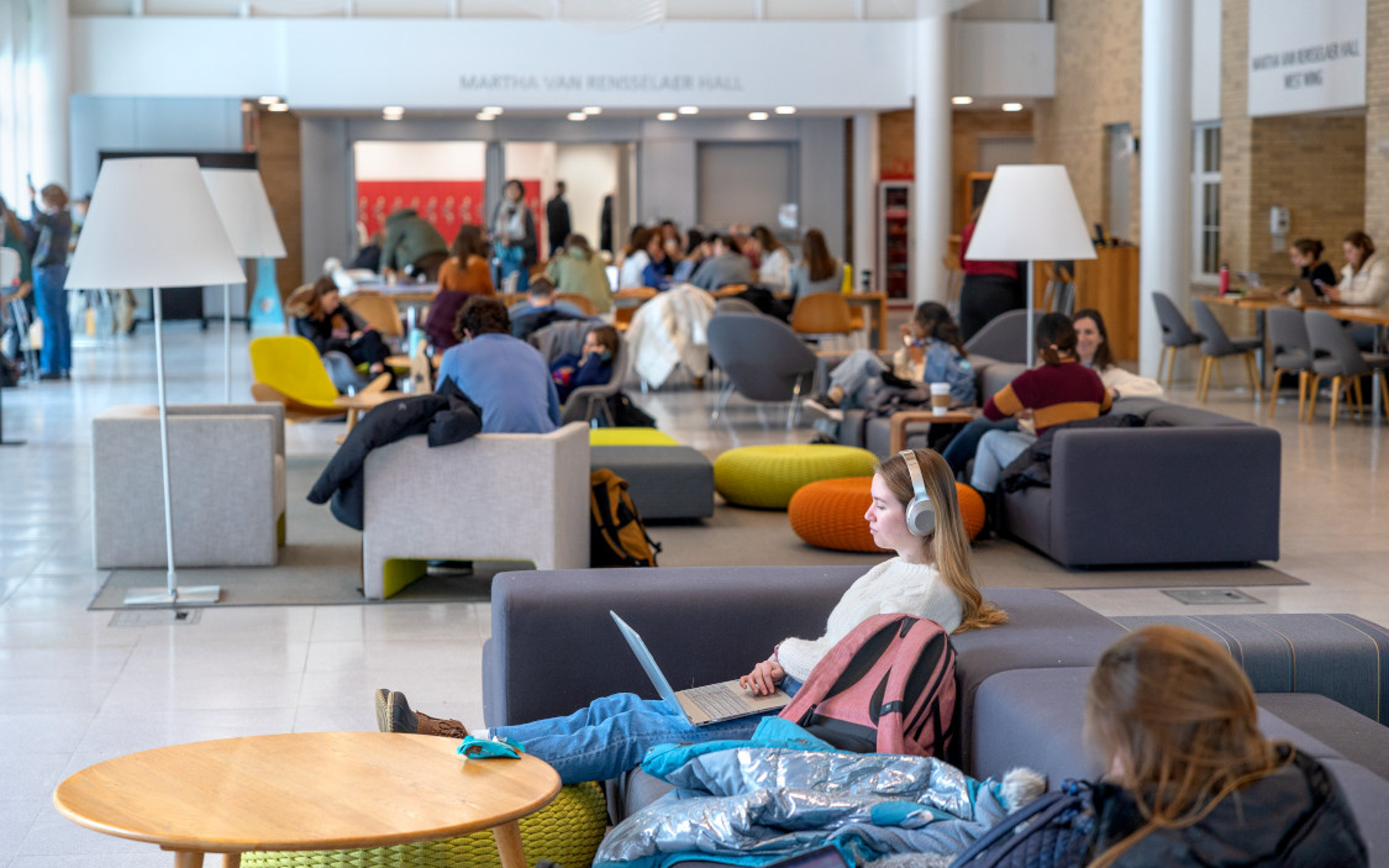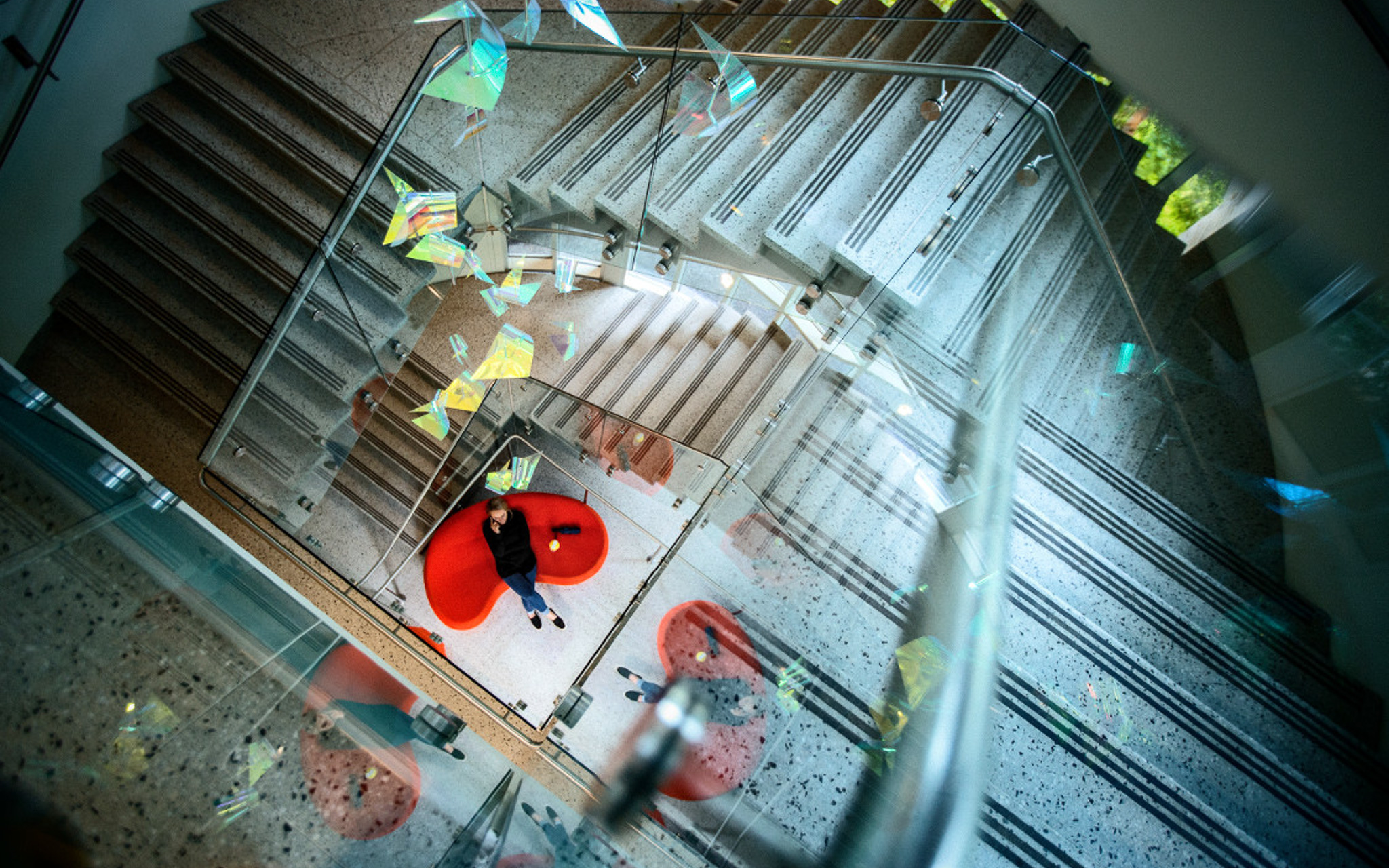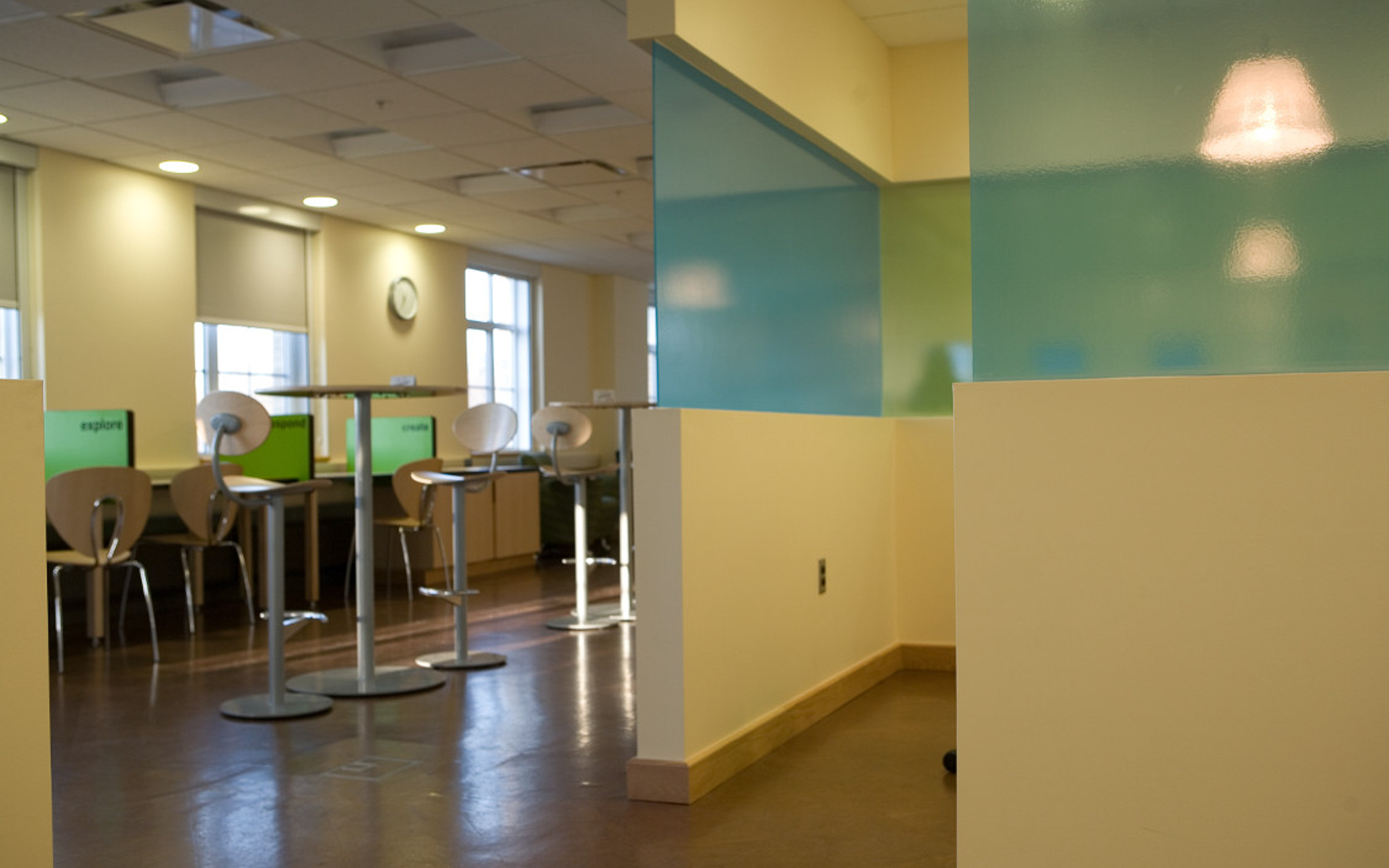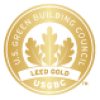
 Martha Van Rensselaer Renovations
Martha Van Rensselaer Renovations
LEED Certified Gold
Martha Van Rensselaer Hall underwent a three-phase renovation process utilizing the LEED CI (Commercial Interiors). Both the first and second phases have been completed and have both earned LEED Gold certifications.
On the LEED-certified scorecard, Hughes Hall scored 69 out of 110 possible points. For a full breakdown, review the report for the Phase I, Phase II, and Phase III renovations on the US Green Buildings Certification (USGBC) website.
| Sustainable Sites | Water Efficiency | Energy & Atmosphere | Materials & Resources | Indoor Environmental Quality | Innovation & Design | Regional Priority | |
|---|---|---|---|---|---|---|---|
| Phase I Points Earned | 7 / 7 | 2 / 2 | 9 / 12 | 6 / 14 | 9 / 17 | 5 / 5 | n/a |
| Phase II Points Earned | 7 / 7 | 2 / 2 | 7 / 12 | 6 / 14 | 11 / 17 | 5 / 5 | n/a |
| Phase III Points Earned | 21 / 21 | 6 / 11 | 27 / 37 | 1 / 14 | 7 / 17 | 4 / 6 | 3 / 4 |
Project Highlights
- The College reclaimed, upcycled, and recycled a significant amount of legacy materials and pieces from the original MVR. And new innovations are cutting down on construction waste remarkably
- MVR '33 Phase I renovation was the first campus project to earn LEED CI (Commercial Interiors) rating
- All new furniture purchased for the MVR '33 project is Greenguard indoor air certified, which reduces the indoor air contaminants released by new furnishings
- One energy-saving method being used in the project is efficiently controlling lighting levels to lower energy usage by lights. Inefficient lighting usage creates heat which increases the energy required to cool buildings during summer months. Thus, reducing energy usage for lighting power also saves on cooling energy
- During the project, more than 1,050 tons of waste were diverted from disposal in landfills through recycling and reuse
- 91% of the wood used in the project was certified as sustainably harvested by the Forest Stewardship Council
- 24% of the total dollar value in materials was manufactured and extracted within a 500-mile radius of Ithaca, and 35% of the total dollar value in the material is in recycled content
- 60% of the furniture in the building (desks, bookshelves, and chairs) by total dollar value has been salvaged and refinished from existing college inventory
- The adjacent courtyard is a green roof, resting atop a three-story parking garage
- Altogether, the project includes 42 different plant types in three distinct zones (7 types of trees; 6 types of understory/shrub plants; 3 types of vines; and 26 types of herbaceous plants). 7,000 perennials and 20,000 flowering bulbs have been planted
- "Low emissions" carpeting, furniture, and building materials serve to improve the indoor air quality for occupant
- The glass facade allows for "daylight harvesting" to provide abundant natural light for occupants and visitors. Studies have shown natural light to boost productivity and mental health. It also lessens the demand for electrical lighting
Check Out Martha Van Rensselaer
LEED®, and its related logo, is a trademark owned by the U.S. Green Building Council® and is used with permission.

